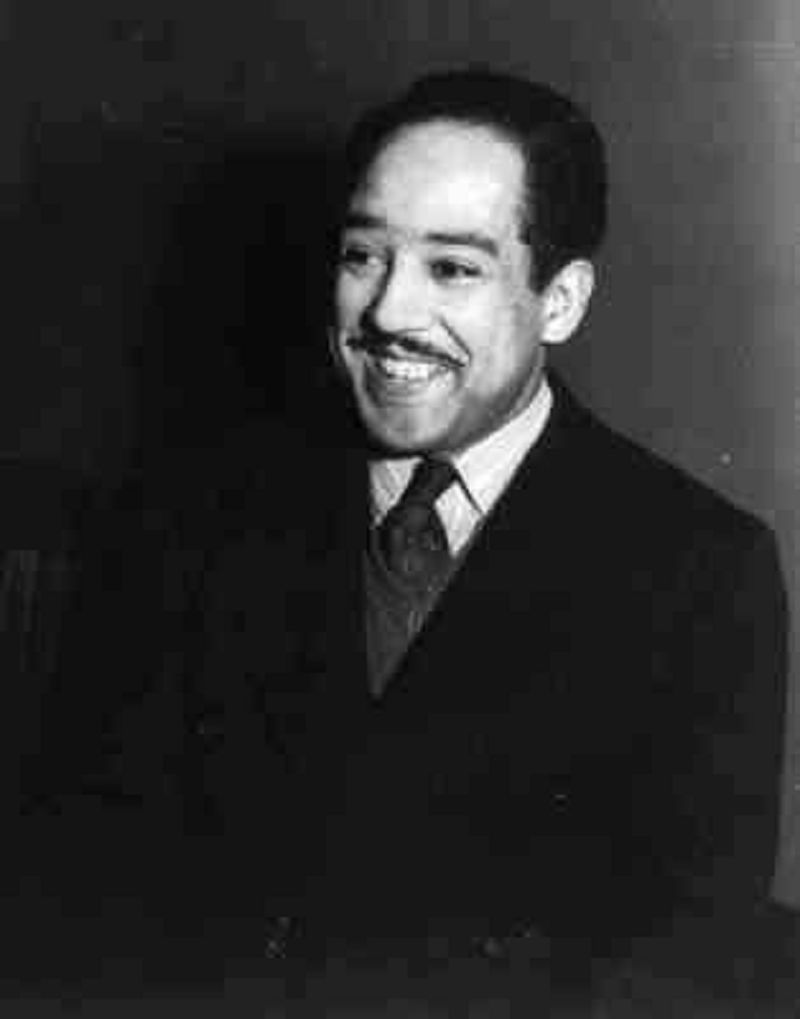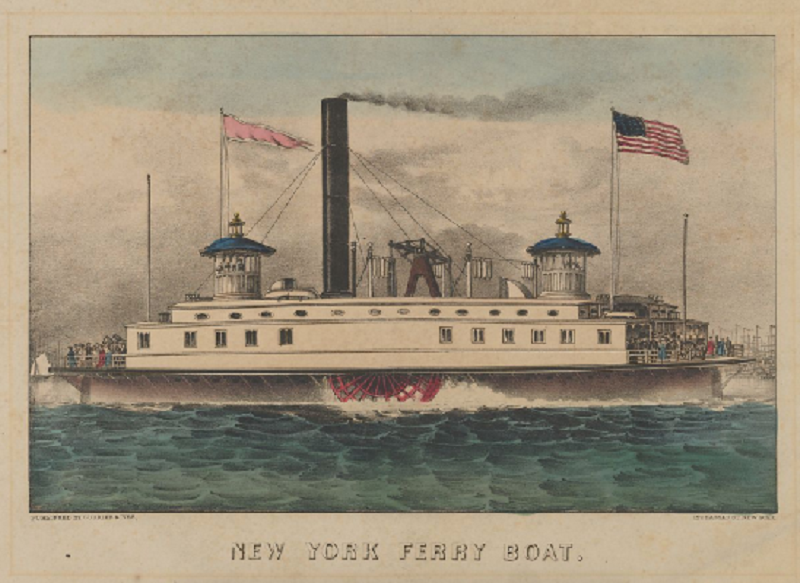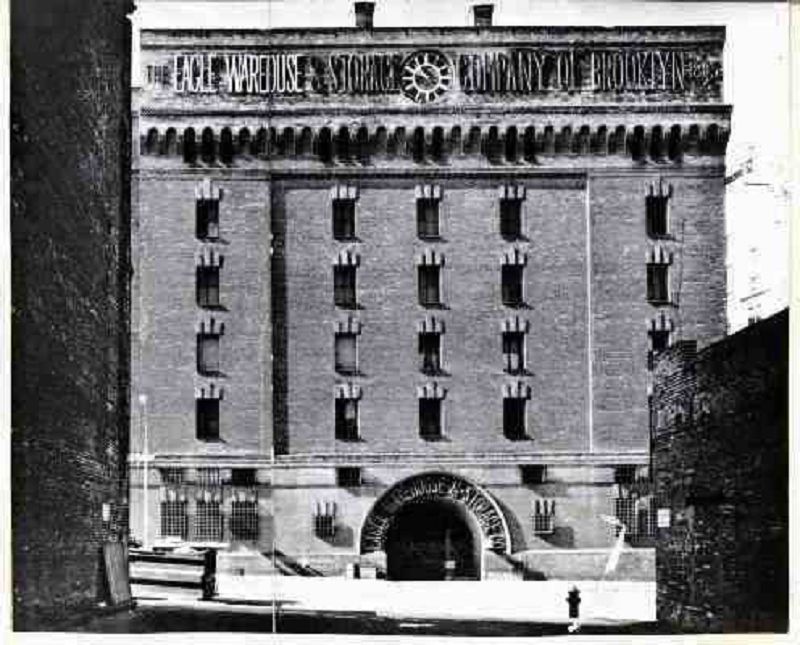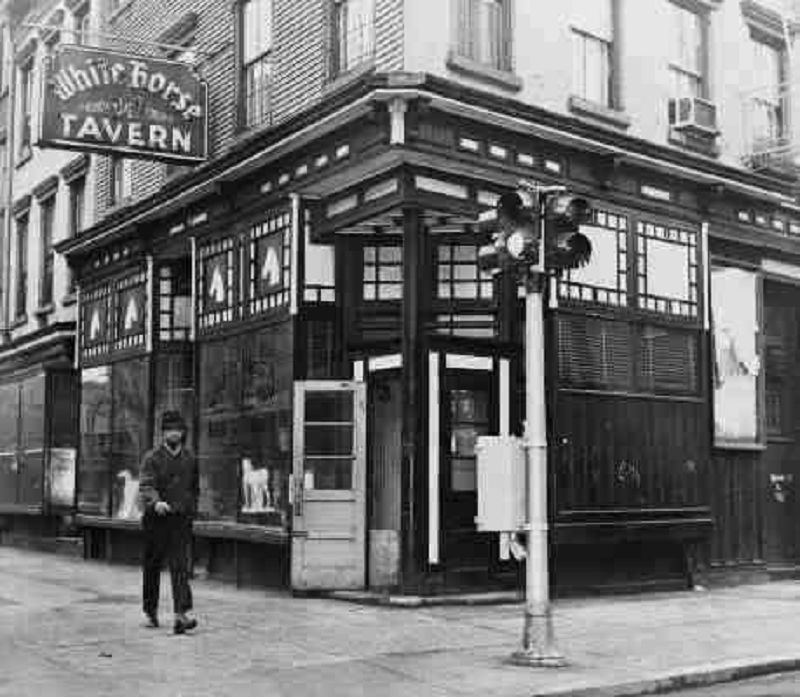How Well Do You Know NYC Landmarks? (Poetry Edition)
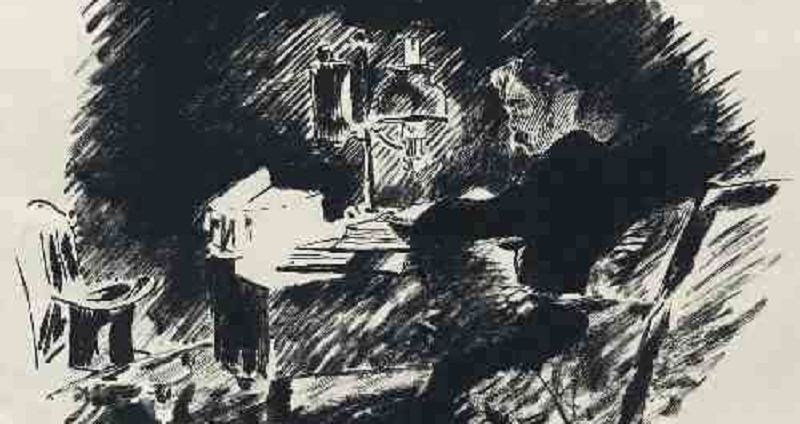
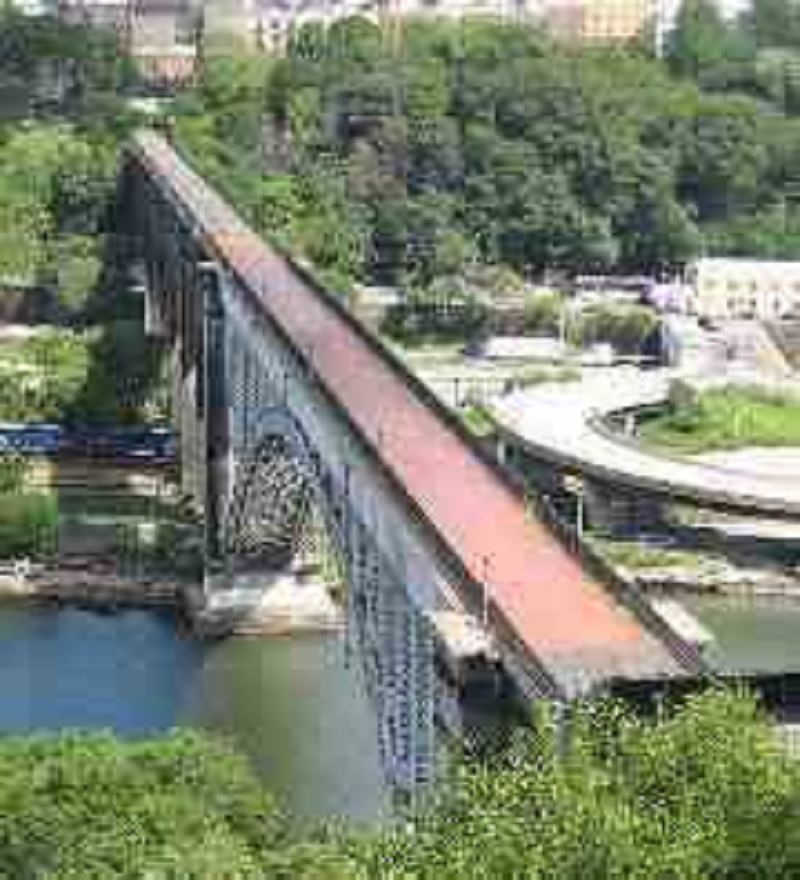
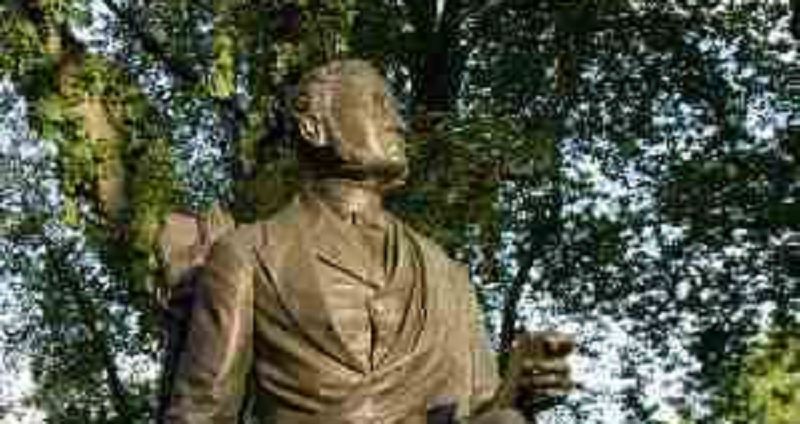
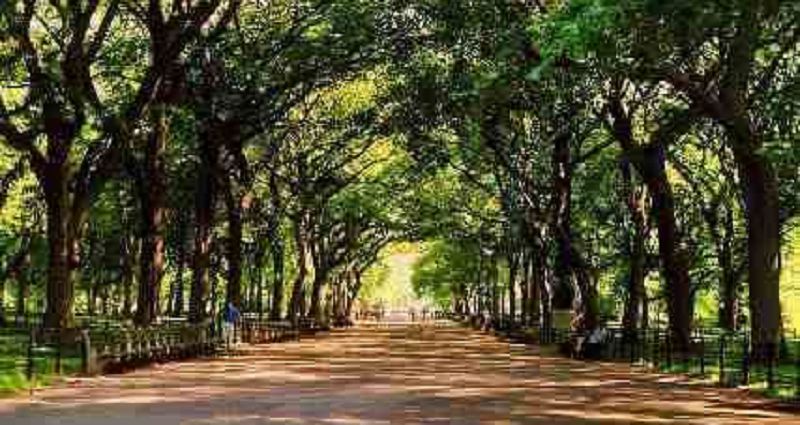

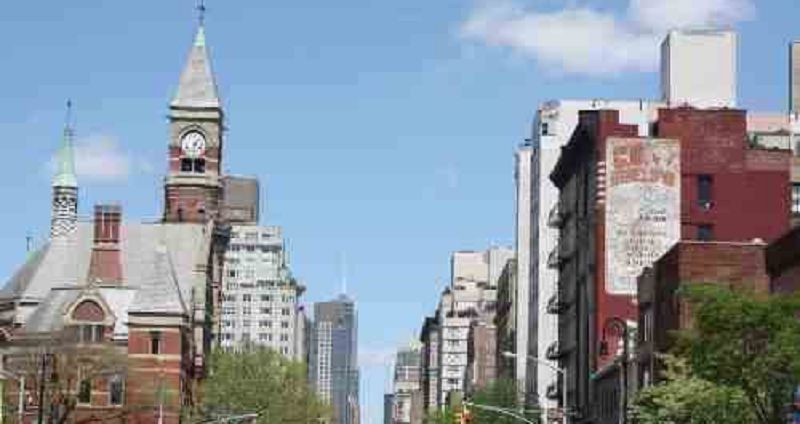

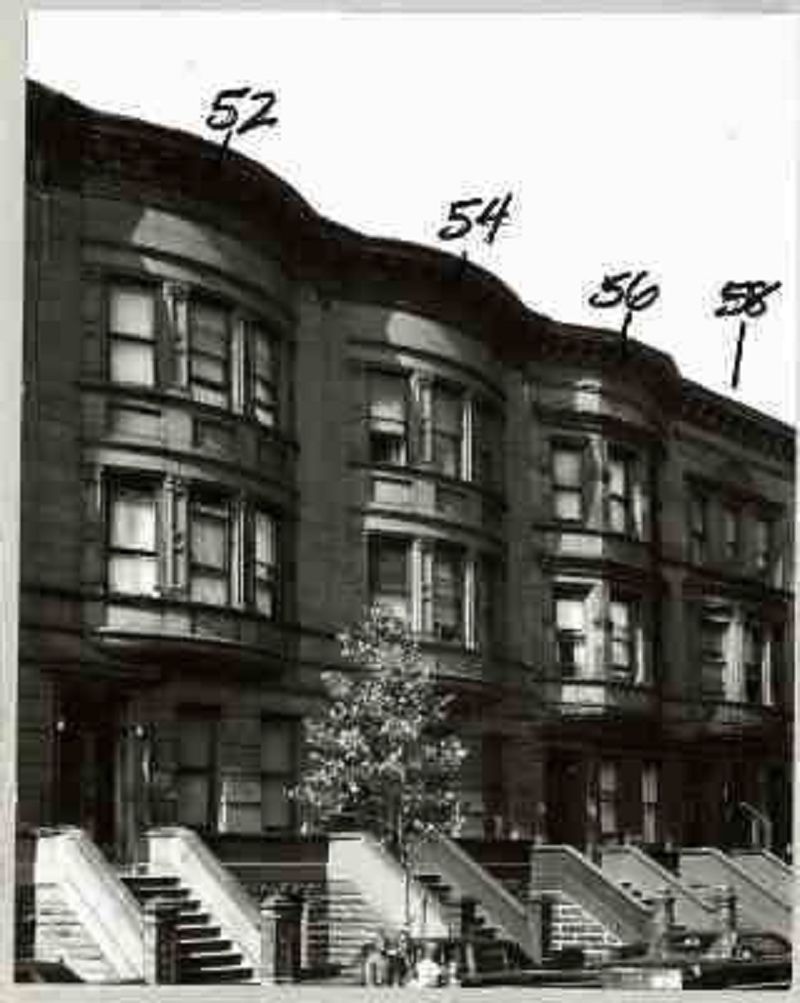
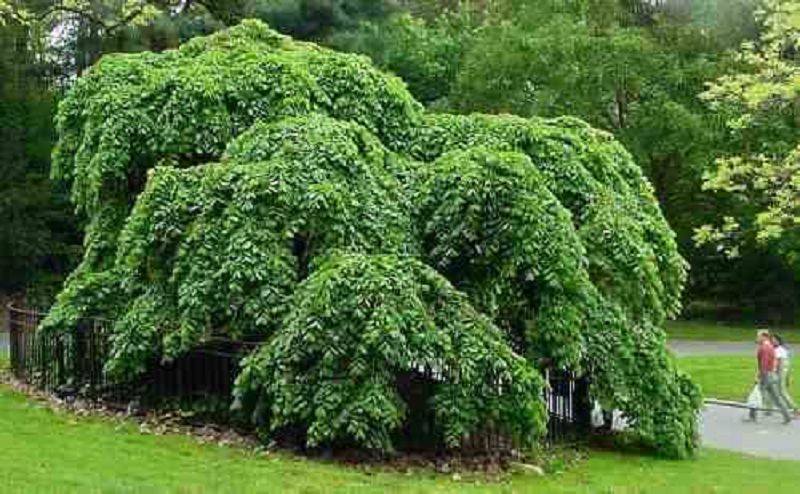
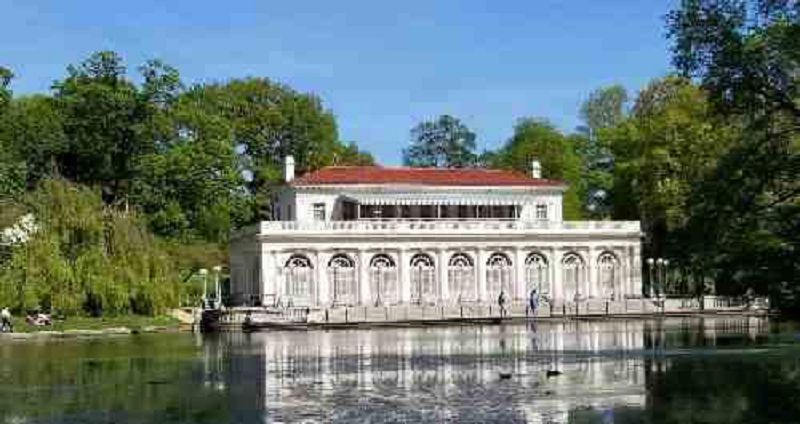
Marianne Moore wrote the poem “The Camperdown Elm” in 1967, inspiring advocacy to protect and care for the tree planted in the 1870s within what is now the Prospect Park Scenic Landmark. Moore called this magnificent gnarly specimen, located behind the boathouse, “our crowning curio.” She lived in the Fort Greene Historic District.
Marianne Moore wrote the poem “The Camperdown Elm” in 1967, inspiring advocacy to protect and care for the tree planted in the 1870s within what is now the Prospect Park Scenic Landmark. Moore called this magnificent gnarly specimen, located behind the boathouse, “our crowning curio.” She lived in the Fort Greene Historic District.
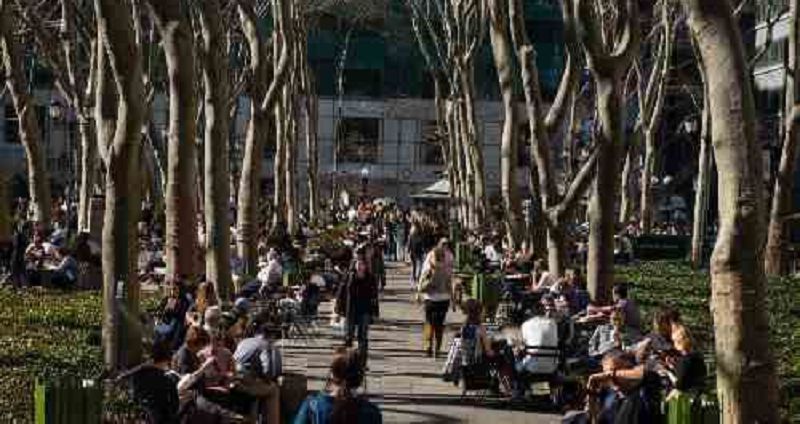
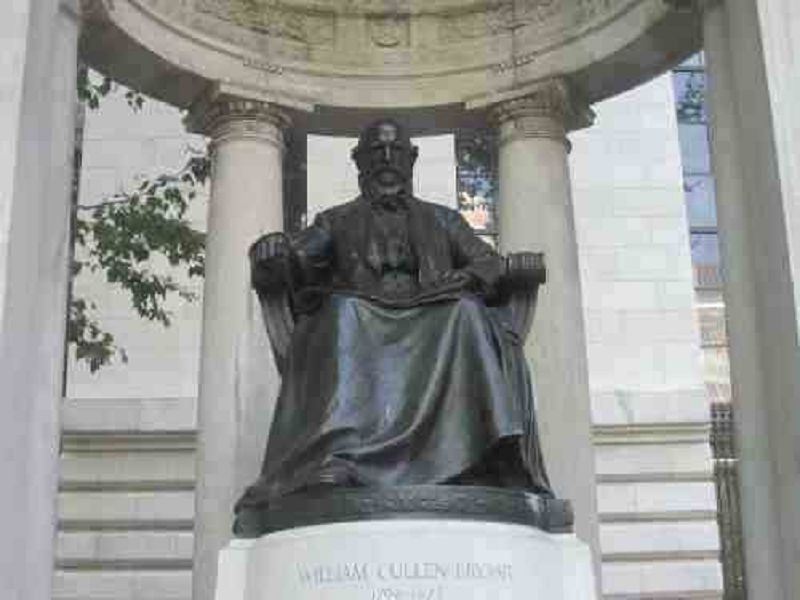

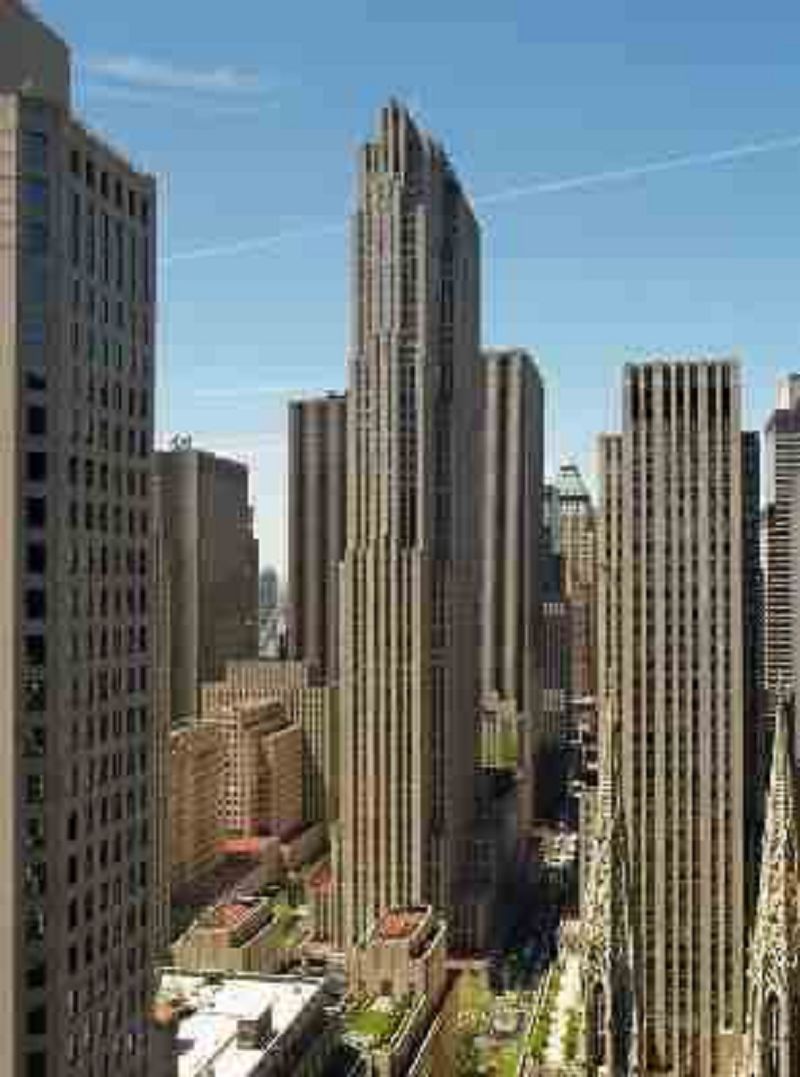
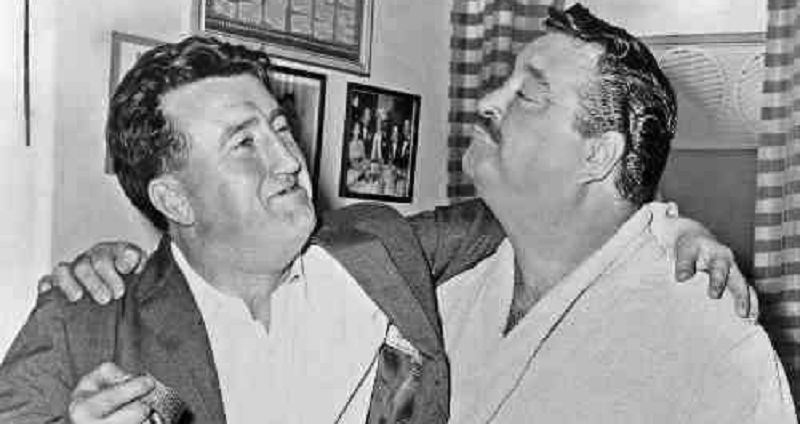
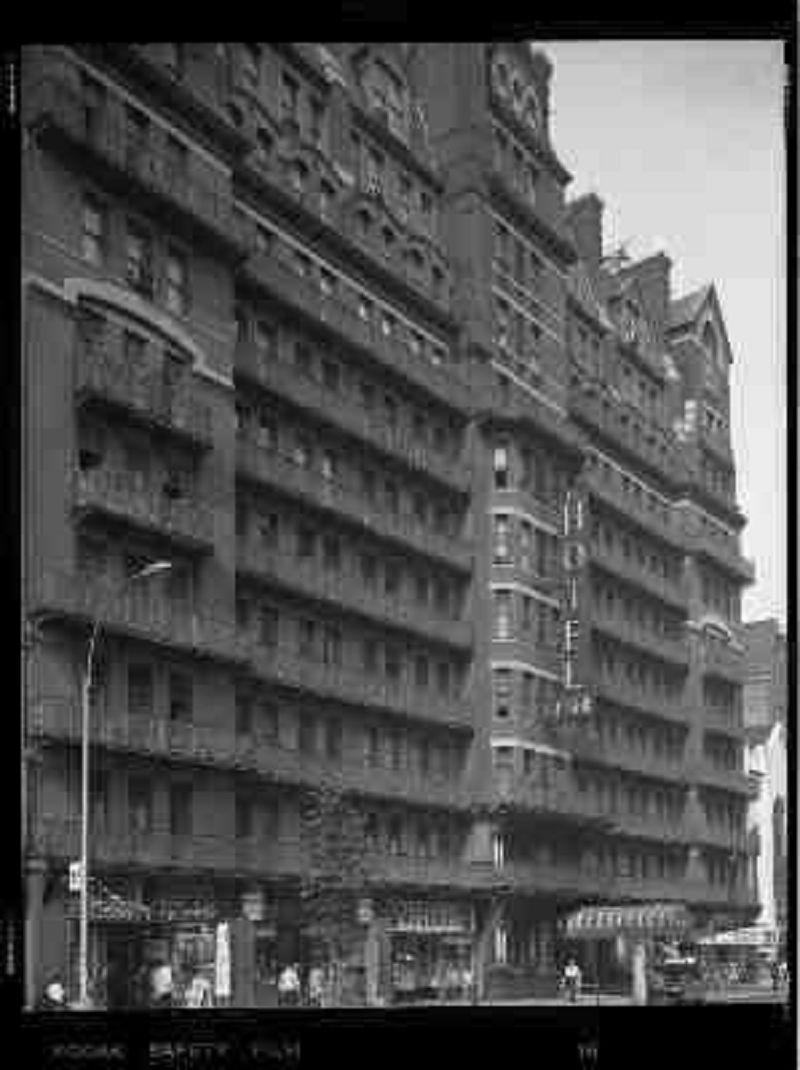
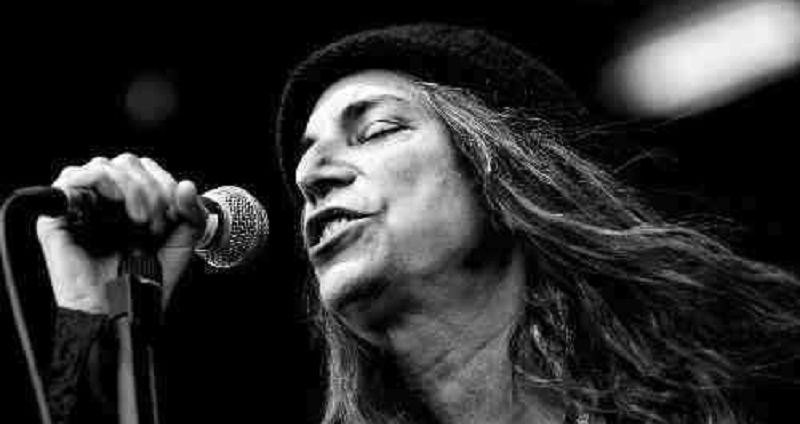
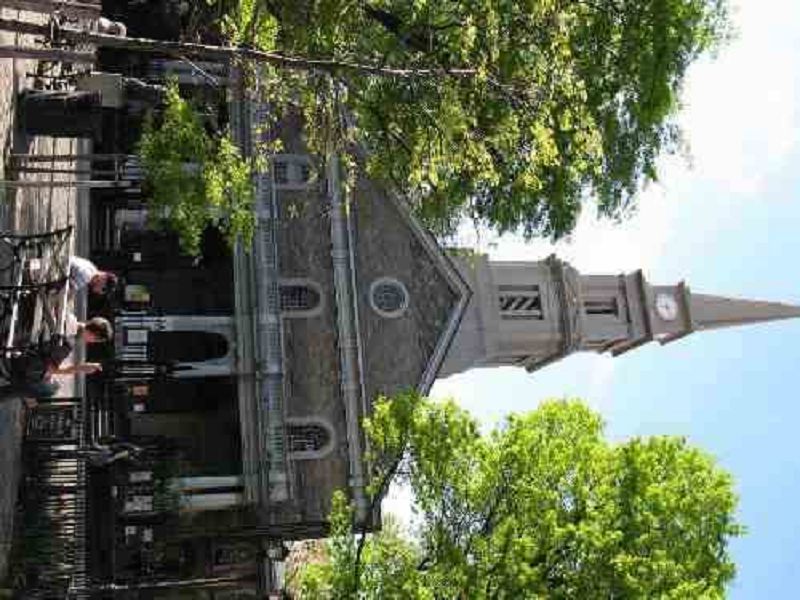
From Patti Smith, Early Work 1970-1979
Image: Wikimedia Commons/Momos
From Patti Smith, Early Work 1970-1979
Image: Wikimedia Commons/Momos
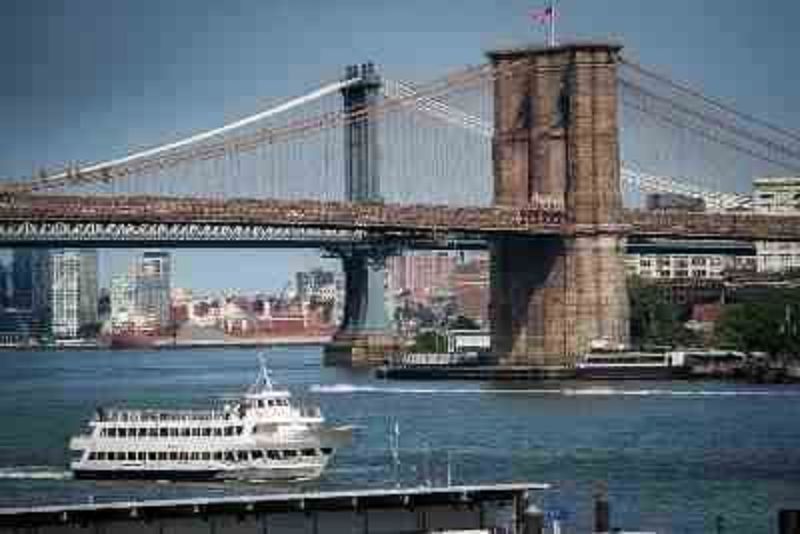
From “The Bridge: To Brooklyn Bridge,” Hart Crane, 1930
Image: Ed Reed/Mayoral Photography Office
From “The Bridge: To Brooklyn Bridge,” Hart Crane, 1930
Image: Ed Reed/Mayoral Photography Office

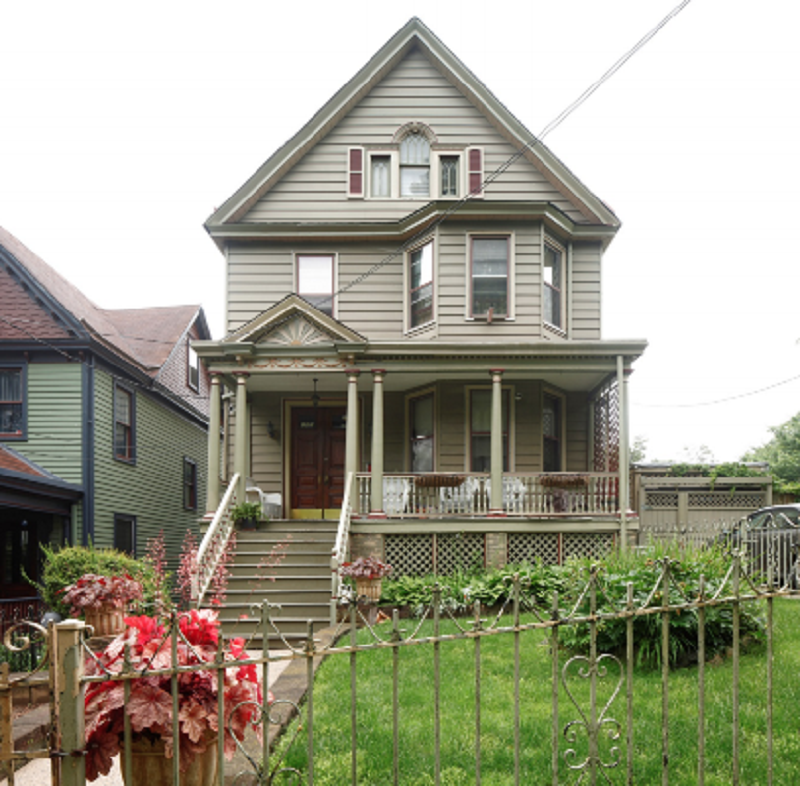
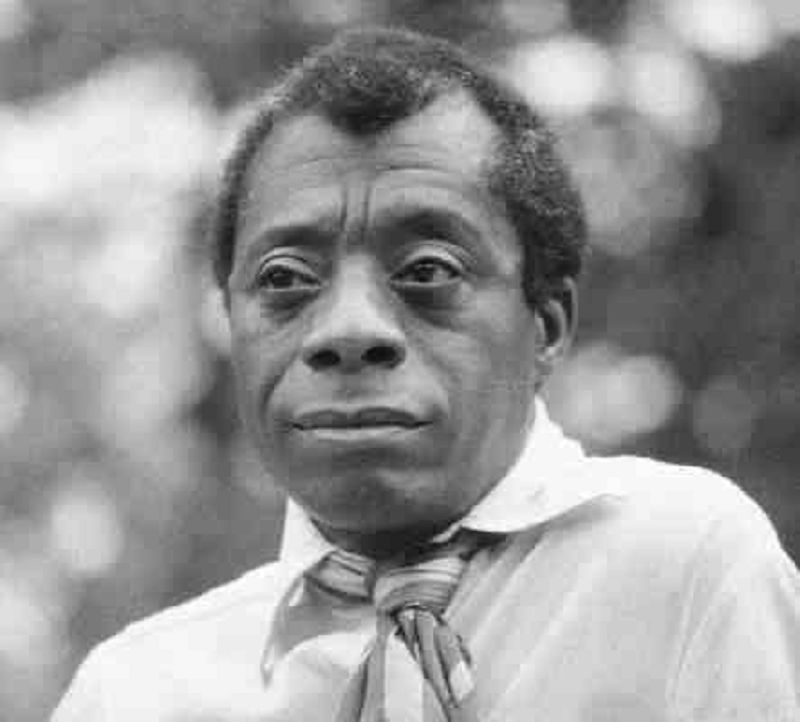
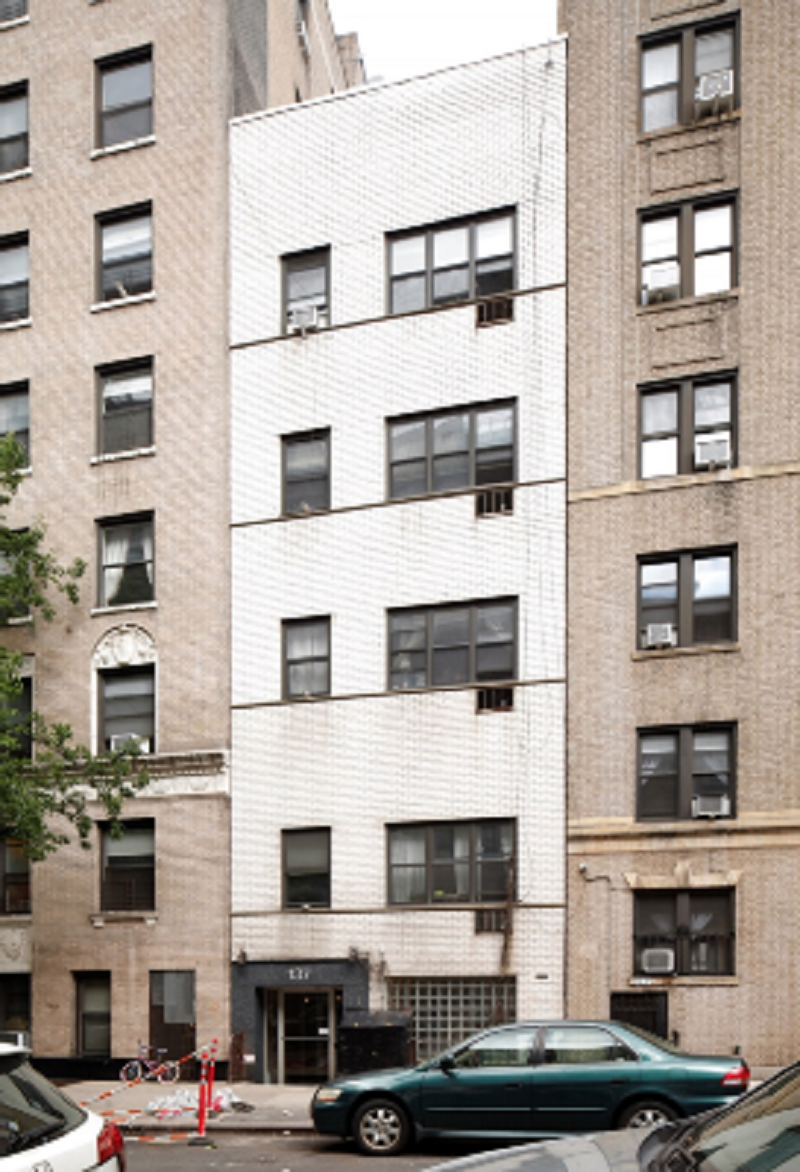
From “Munich, Winter 1973 (for Y.S.)”, from Jimmy’s Blues, James Baldwin
Image: 137 West 71st Street, LPC
From “Munich, Winter 1973 (for Y.S.)”, from Jimmy’s Blues, James Baldwin
Image: 137 West 71st Street, LPC

